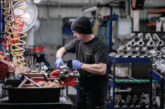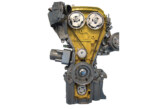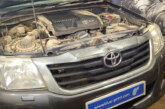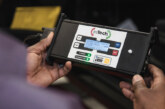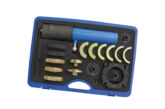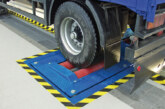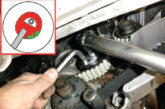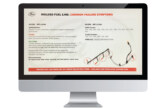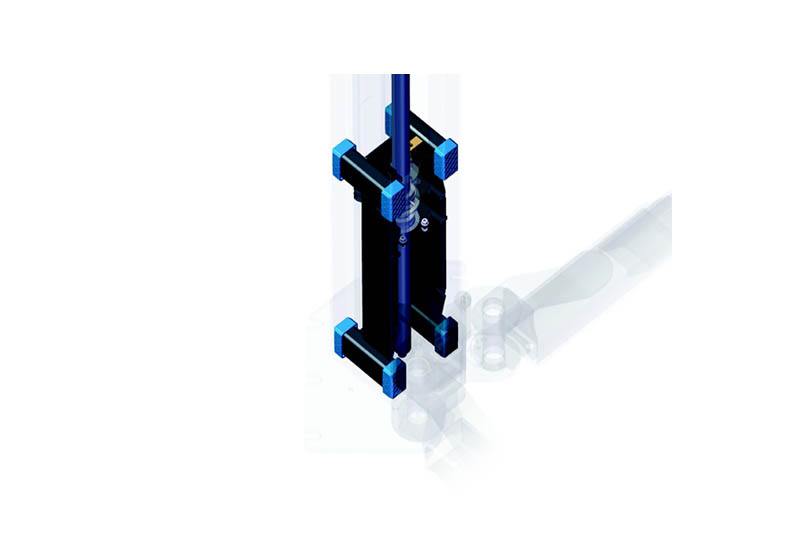
Nick Austin, MAHA UK Sales Manager, explains why the light commercial vehicle (LCV) market is creating opportunities for workshop equipment manufacturers and identifies which equipment businesses should be looking at purchasing.
The LCV market is one of both buoyancy and contradiction at present. Vehicle manufacturers have separated their respective workshops and showrooms into designated van centres and showrooms, which is opening doors to the likes of MAHA with its workshop lifts, brake testers, and MOT bays.
Not only are these companies opening facilities and creating jobs, they’re in need of quality equipment, which will allow their technicians to service and MOT the vehicles that enter the workshop. What equipment should they buy? That is the conundrum at present. Whilst passenger cars are labelled as class 4 and goods vehicles over three tonnes are class 7, a RV Winnebago or a declassified fire engine, for example, are deemed as class 4, despite the fact they’re more than likely to exceed three tonnes.
As a result, it can be difficult to understand the customer’s requirements when they ask for light commercial equipment; however, MAHA has a two-post workshop lift that solves the dilemma and has already been installed inside emergency service workshops, with its diverse range of vehicle weights.

STAR lift
The MA STAR 5.5 two-post lift features stable and torsion-resistant columns made from edged H-section steel and is capable of lifting vehicles up to five-and-a-half tonnes. Thanks to its spindle nut package with self-locking thread, patent-pending ‘giraffe’ nut breakage detection and motor brake, along with its straightforward plug and play and intuitive, LED-based interface, the MA STAR 5.5 is a simple but effective lift to use in practice. It is also symmetrical, which offers benefits in comparison to an asymmetrical lift. Due to the weight of the vehicles being driven onto these types of lifts, the main bulk of the weight needs to be central, which is why the four telescopic arms are the same length. With the engine at the front and tools sat in the back, each arm is being tested equally, as opposed to more strain on a shorter or longer arm.
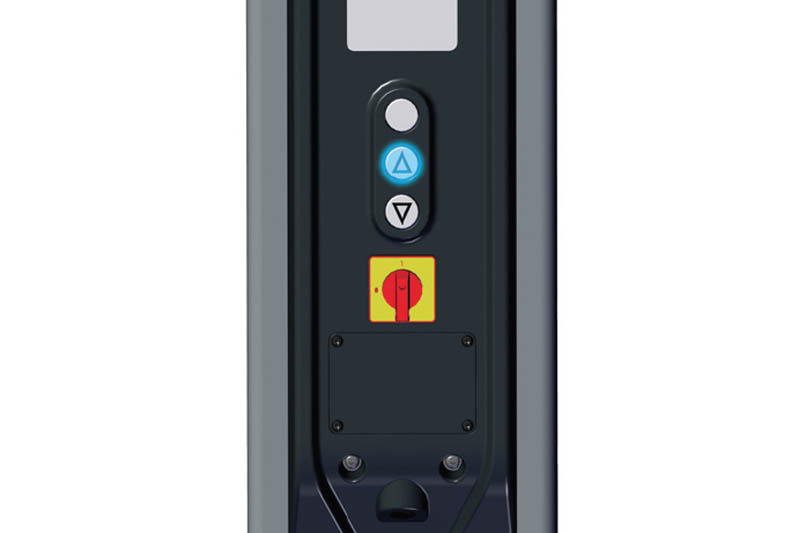
There are also specific LCV adapters available for these lifts, which lock onto a vehicle’s chassis. A Ford Transit, for example, features a sill that is purely cosmetic; therefore, the arms will go underneath the sill. The rubber foot, which connects to the sill normally, will need to be pulled out, then the user will need to put a 200mm sleeve in, push the foot back, and that will then connect to the chassis without coming into contact with the sill.

